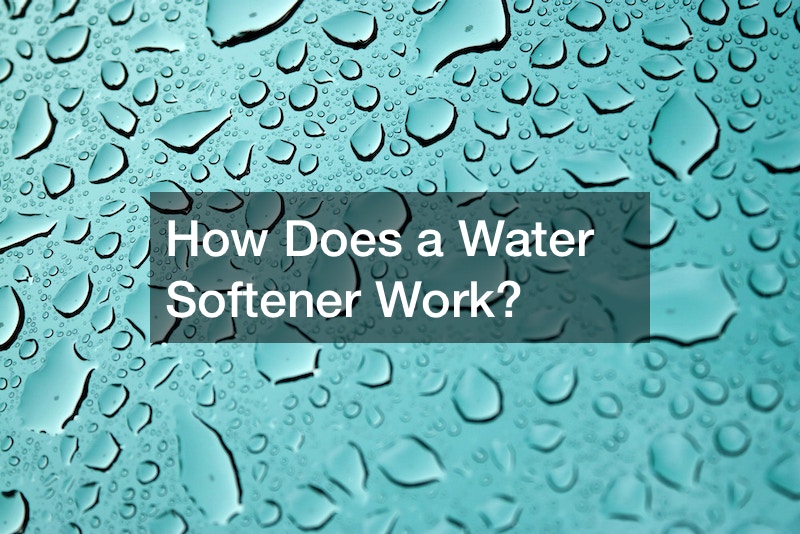Water softening is a process that involves removing minerals, primarily calcium, and magnesium, from water to make it soft. The most common method of water softening is through ion exchange.
Water passes through a resin bed containing tiny resin beads coated with sodium ions. As the water flows over the resin beads, the calcium and magnesium ions are attracted to the resin beads, and the sodium ions are released into the water, effectively exchanging the hardness minerals for sodium.
The resin bed becomes saturated with calcium and magnesium ions over time. A brine solution (a concentrated saltwater solution) is introduced into the resin tank to regenerate the resin and restore its ability to remove hardness minerals.
The sodium ions in the brine solution displace the ions on the resin beads. The hardness minerals are washed away, and the resin bed is ready to soften water again.
After the regeneration process, the resin bed is rinsed with water to remove the remaining brine solution. The water softener system then refills the resin tank with clean water and is ready to provide softened water for use in the household.
The benefits of water softening include reducing the negative effects of hard water, such as scale buildup on fixtures and appliances, improving the efficiency and lifespan of water-using appliances, and providing cleaner-feeling water for bathing and cleaning.
Note that water softeners add sodium to the water, which may concern individuals on sodium-restricted diets.
.



